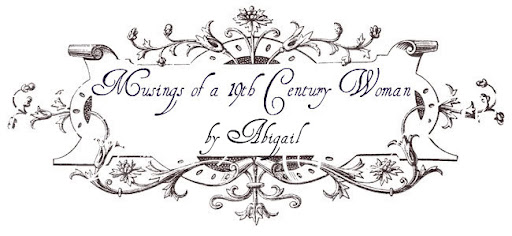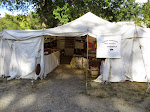A couple of weeks ago my husband and I traveled to Upstate New York to inter three of our parents’ ashes. On the way back to Oklahoma we stopped in Washington, D.C. to visit my son, who is stationed at Ft. Myer, VA with the Old Guard (Army). While there, we had the opportunity to watch as his company transferred someone from one grave site to another in Arlington. It was done with great pomp and respect. I know nothing about the person whose body lay in the casket. I don’t know if they were male or female, old or young, whether they gave their life for their country or died of other causes. It didn’t matter. He or she was a veteran and thus, given a hero’s interment.
While in D.C. we spent a couple of days seeing the sights. The one monument that impressed and touched me the most was the Jefferson Memorial. Inside the memorial stands a statue of Jefferson; the words “"I have sworn upon the altar of God eternal, hostility against every form of tyranny over the mind of man” are inscribed around the walls inside the edifice. It made me think about the sacrifice that our founding fathers made to secure freedom for all.
They were patriots to one cause and traitors to another. If caught, these men would have been subject to execution King George III style (not a pretty sight.) Yet they chose to put their very lives on the line to do what they thought was right. William Ellery, the delegate from Rhode Island at the signing of the Declaration of Independence said, “I was determined to see how they all looked as they signed what might be their death warrant. I placed myself beside the secretary Charles Thomson and eyed each closely as he affixed his name to the document. Undaunted resolution was displayed in every countenance.”1
These men pledged “their lives, their fortunes and their sacred honor”2 to birth our country. Many men and women, since, have given their lives defending it. Countless others have served both at home and abroad. Both of our fathers served during the Korean conflict—my dad in the Army, and my father-in-law in the Air Force. I had an uncle who was stationed in Pearl Harbor when the Japanese attacked at the beginning of World War II. Another uncle flew bombing missions over Germany. All were veterans and devoted fathers. Their lives mattered. As we head into this holiday weekend, let us reflect on those who went before us and resolve, in like fashion to lead lives well lived, and do what is right, in whatever circumstances God places us.
Happy Independence Day to all of my readers!
1Kurnan, Denise and Joseph E’Agnese, Signing Their Lives Away. Philadelphia: Quirk Books, 2009.
2 The Declaration of Independence.



